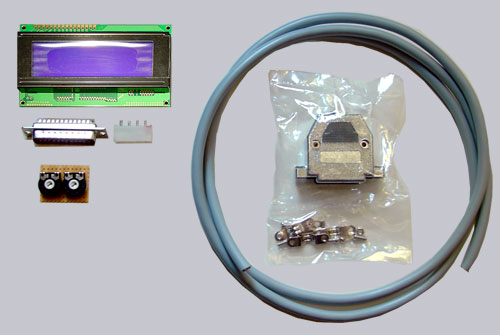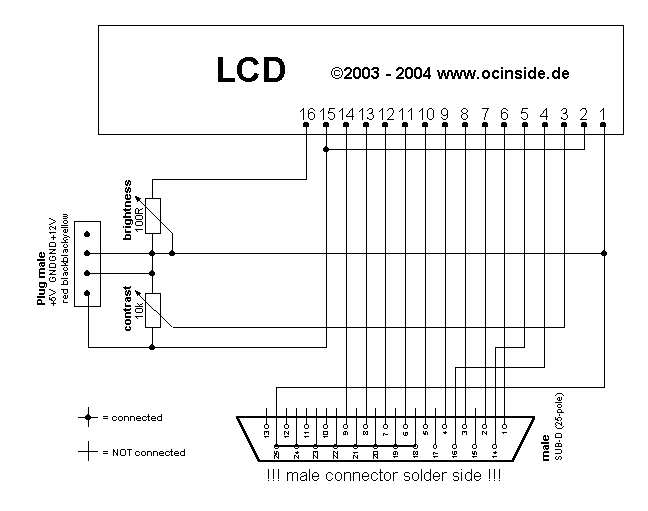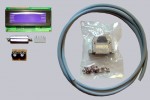
The new soldering guide with two different pinouts…
What’s the sense in putting a display in your PC…
It’s up to your own how you use the display, shall it be for displaying song tiles, indication of DVD, VideoCD, or musicCD-titles, for showing the data of mainboard monitoring programms like Mainboard Monitor to have the temperatures or the speed-o-meter in the eye angle, to represent different gamestats,for showing the up- and/or downloadspeed of the internet or network connection or just as plain text. As you can see on the basis of this small listing there are many application possibilities, whereby this shows just a small fraction of the possibilities.
Suggestions,where to put the display…
After buildung the display and configuring the software Display you naturally have to give the display a nice surrounding for best representation. It offers itself to attach the display on the table beside the monitor, whereby you can build a mounting plate of acrylic, wood or metal. You could also mount the display in a 5 1/4″ slot of your pc case, or like I did, use it in an mp3 player project. Many possibilitys remain opended here and with a length of 1,5m of the cable most wishes will be covered.
This is, why the new LCD guide was written…
Sure some will wonder, why I do again publish a new LCD soldering guide after one year. This question is answered fast, because owing to the new guide, building the display is more clearly and easier. Besides this the 20×2 and the 20×4 rows display kits are available in the fanshop, so that you really just have to solder by the colours and actually no questions regarding to the circuit should come up. And because a display at a PC is timeless, it is never too late to improve something 😉 BTW. Thanks to naKruul for the translation help !
This is what you need…
! Also available as cheap 20×2 and 20×4 kit in the fanshop !
For this soldering guide you need the following parts: – HD44780 compatible LCD-display with or without lighting – 16 pole well shielded data-cable (ca. 1,50 meters ) – 25 Pol SUB-D plug – 100 Ohm variable resistor (brightness of the background lighting) – 10 K variable resistor (contrast of the display) – 4 pole molex plug – 30 x 20 mm breadboard (11×8 holes for soldering)
The complete circuit …
For the new LCD soldering guide I’ve also designed a new circuit which is again a bit more clearly. IT IS VERY IMPORTANT TO TAKE THE RED cable of the pc current supply. Under no circumstaces use the yellow one, otherwise you can do serious harm to the display or your pc components !
The display pinout has to correspond with the following layout, whereby pin 15 and pin 16 are for the background lighting only, otherwise the wiring has to be adapted (if there are any questions – just ask me):
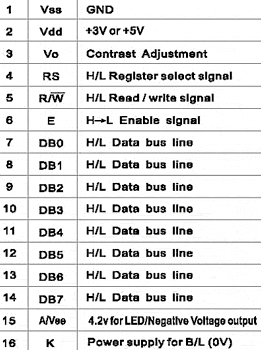
This is what the cable has to be soldered to the 25 pole SUB-D plug…
Now we can start. First we have to strip and tin both ends of the datacable. I made a small screen sequence whereby you first have to cut 5cm of the outer isolation with a sharp knife. Take the isolation of now and twist the ground network carefully. You are able to cut more of the isolation, if you are not able to put the power plug out of your PC case and if you therefor have to put the controller plate with the power plug in your case. Now you have to strip and tin all the 16 wires about 2mm.


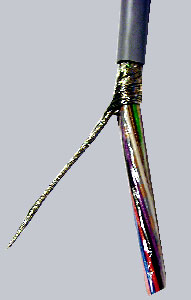
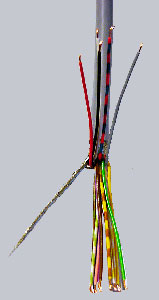
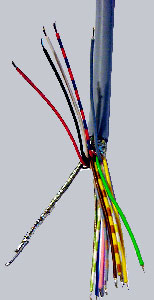
Here is a larger picture of a stripped and tinned wire, whereby the tinning is used to make the work more easy, because a already tinned cable takes the tin and heat faster when soldering. So just hold the soldering iron short on the stripped wire with a little bit of tin from the other side and that’s it !

Therefor you do not confound any of the wires and for an easier understanding, I enumerate all colours I choose for the sub-d plug. Pin1 brown, Pin2 yellow-brown, Pin3 green, Pin4 yellow-white, Pin5 pink, Pin6 grey-brown, Pin7 purple, Pin8 green-white, Pin9 yellow, Pin10 to Pin13 N/C and in the second row Pin14 blue, Pin15 N/C, Pin16 brown-green, Pin 17 N/C and Pin18 to Pin25 are soldered to the ground network.
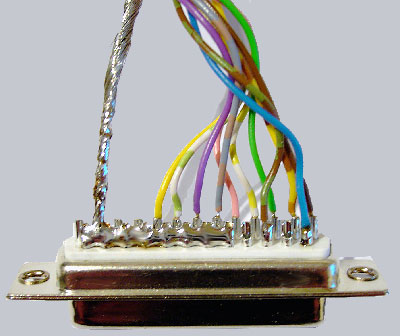
This is how the contrast and brightness controller plate is soldered…
First you have to put the two variable resistors on the small 11×8 plate as shown.
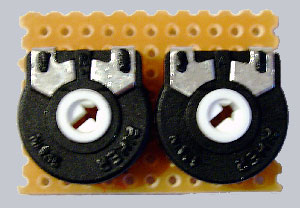
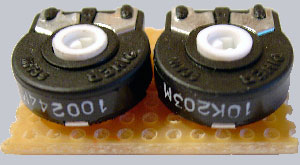
Then you have to bend the pins of the variable resistors to get a more stable soldered connection. Put a wire of the PC power pack to the 4 pole power plug and mark the red side (5 volts !) of the wire on the power plug. You have to solder this to the outer pin of the 10k variable resistor. The two middle pins of the power plug (ground) are soldered together and also are also soldered to the inner pin of the 100 Ohm variable resistor as to the inner pin of the 10k variable resistor. The last pin of the power plug stays not connected and can just be soldered to the plate.
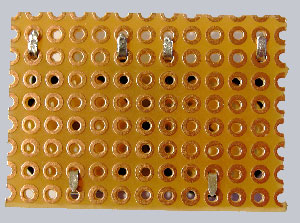
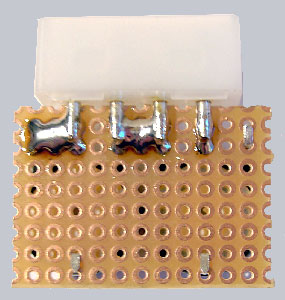
Now you have to solder the blue-red and the red wire to the outer pin of the 10K variable resistor where we already soldered the 5 Volts line too. Then solder the white wire to the outer pin of the 100 Ohm Veriable resitor, the black to the middle pin of the 100 Ohm variable resistor und last the grey wire to the middle pin of the 10 K variable resistor. From the middle pin of the 100Ohm variable resistor where the black wire was soldered you have to solder a small bridge to the two middle pins of the power plug (ground). If everything is finished it should look like this:
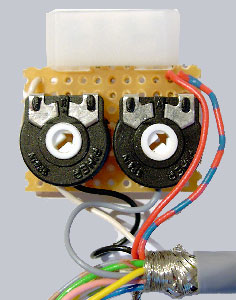
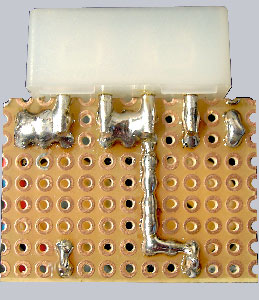
Now put the SUB-D plug in the provided housing and close it. For safety reasons you should control everything carefully before! Furthermore I suggest,that you glue a small piece of paper to the back of the controller plate, therefore no exposed soldered connections can affect the pc case or the plug housing (it is metalised!!!).
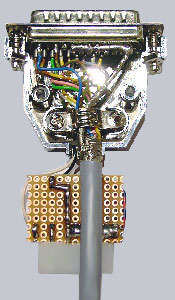
You are almost done! Just solder the cable to the display now.
I wrote two different guides, because the pinouts of the displays of the fanshop
slightly vary.


